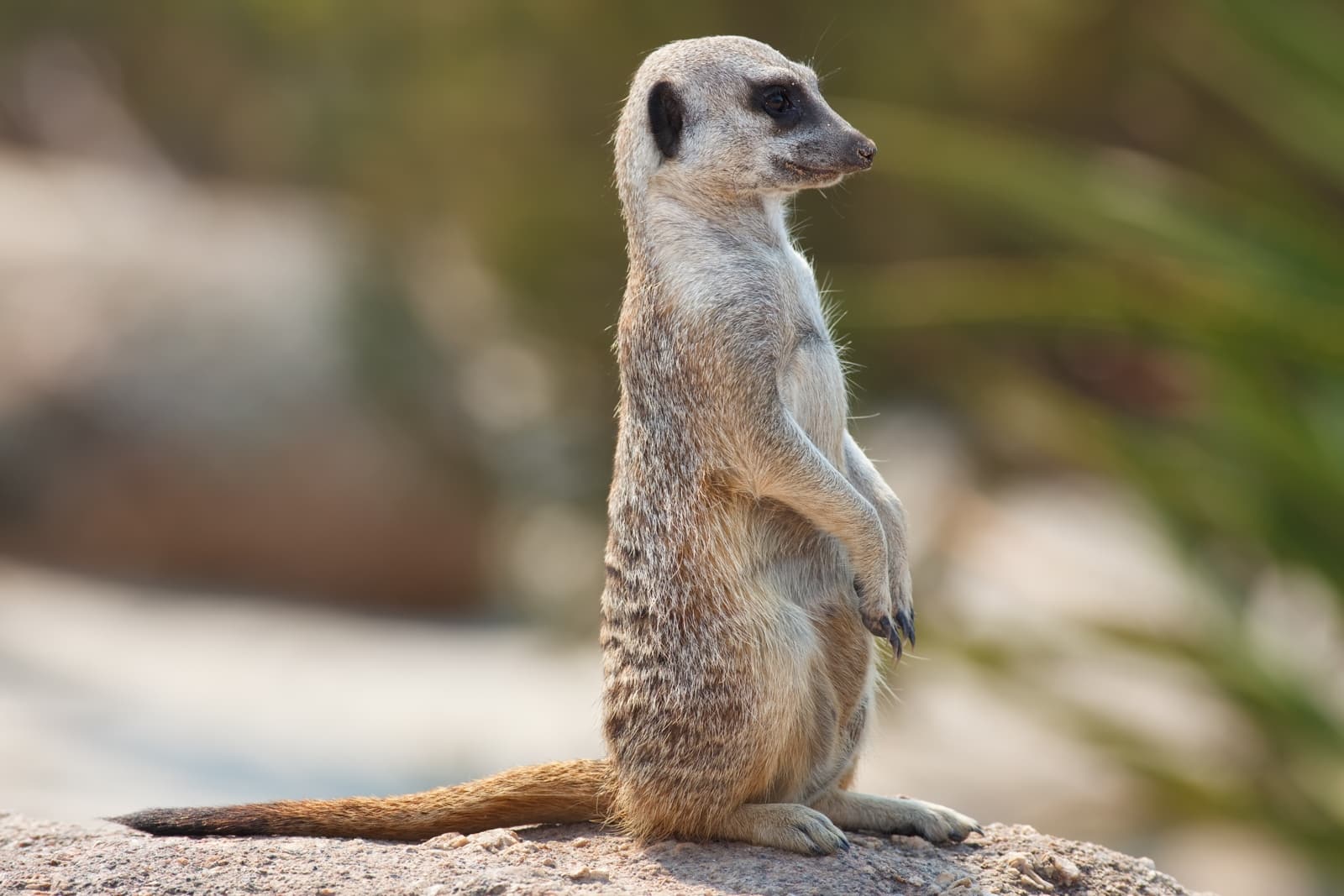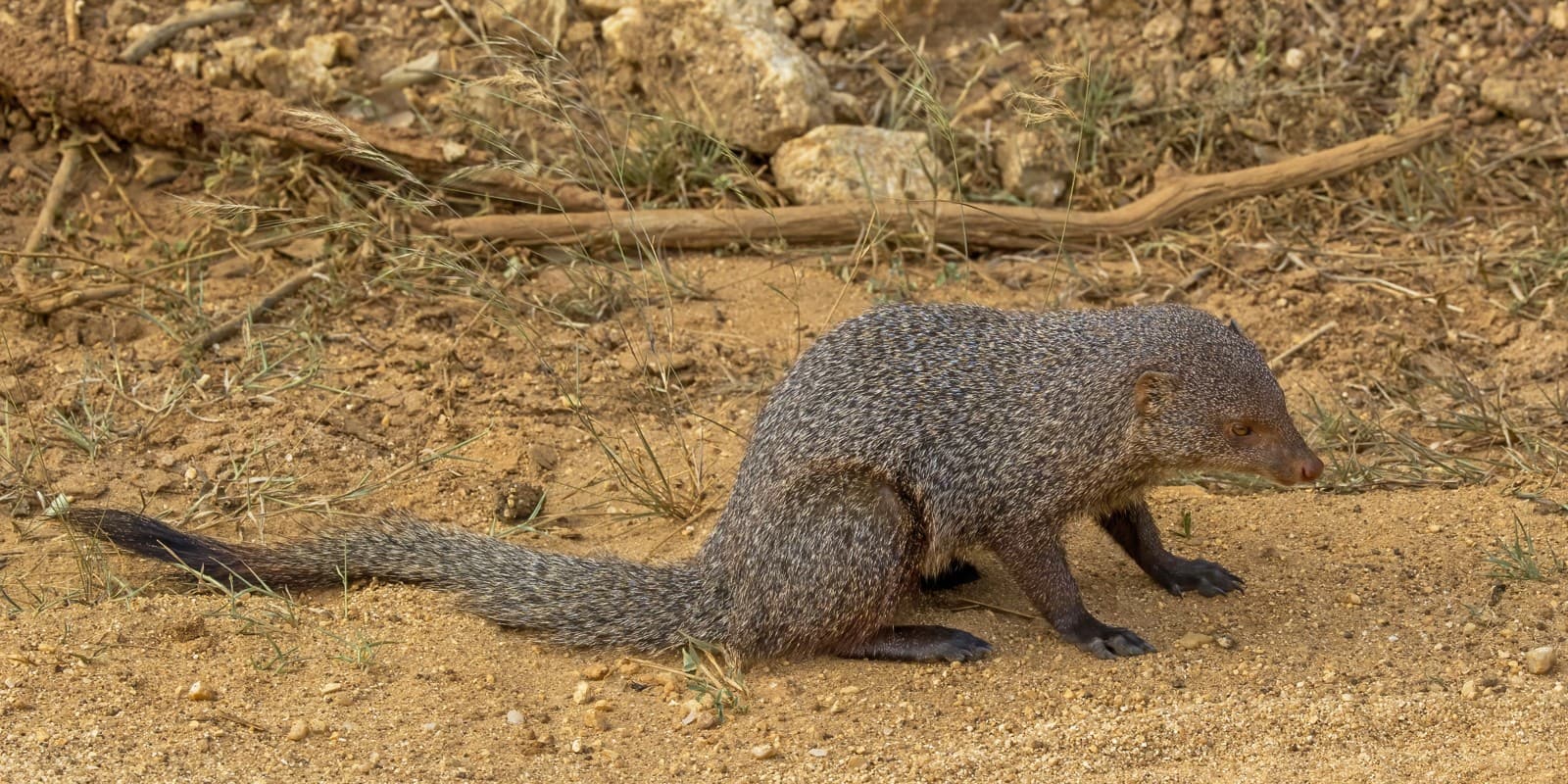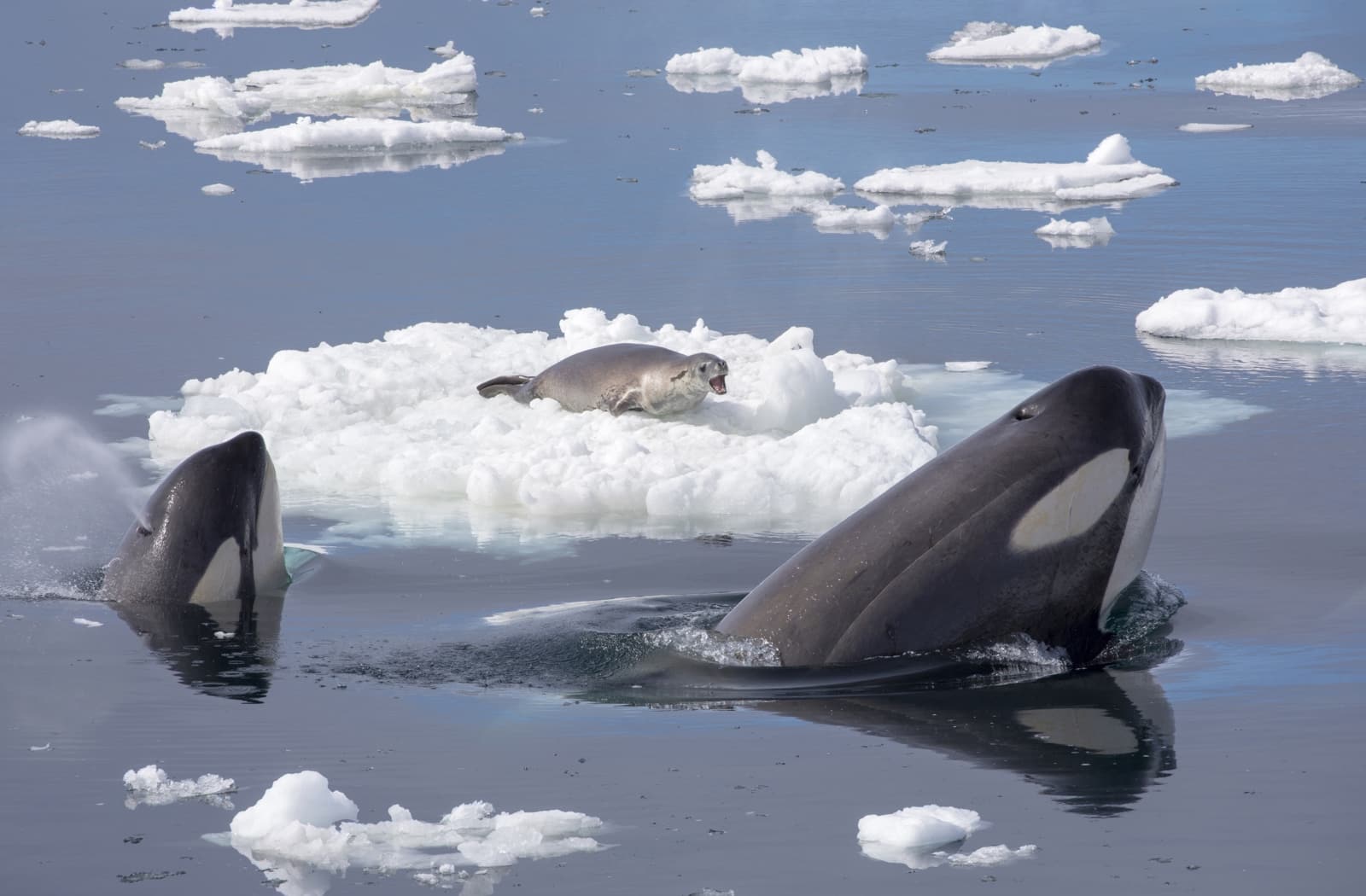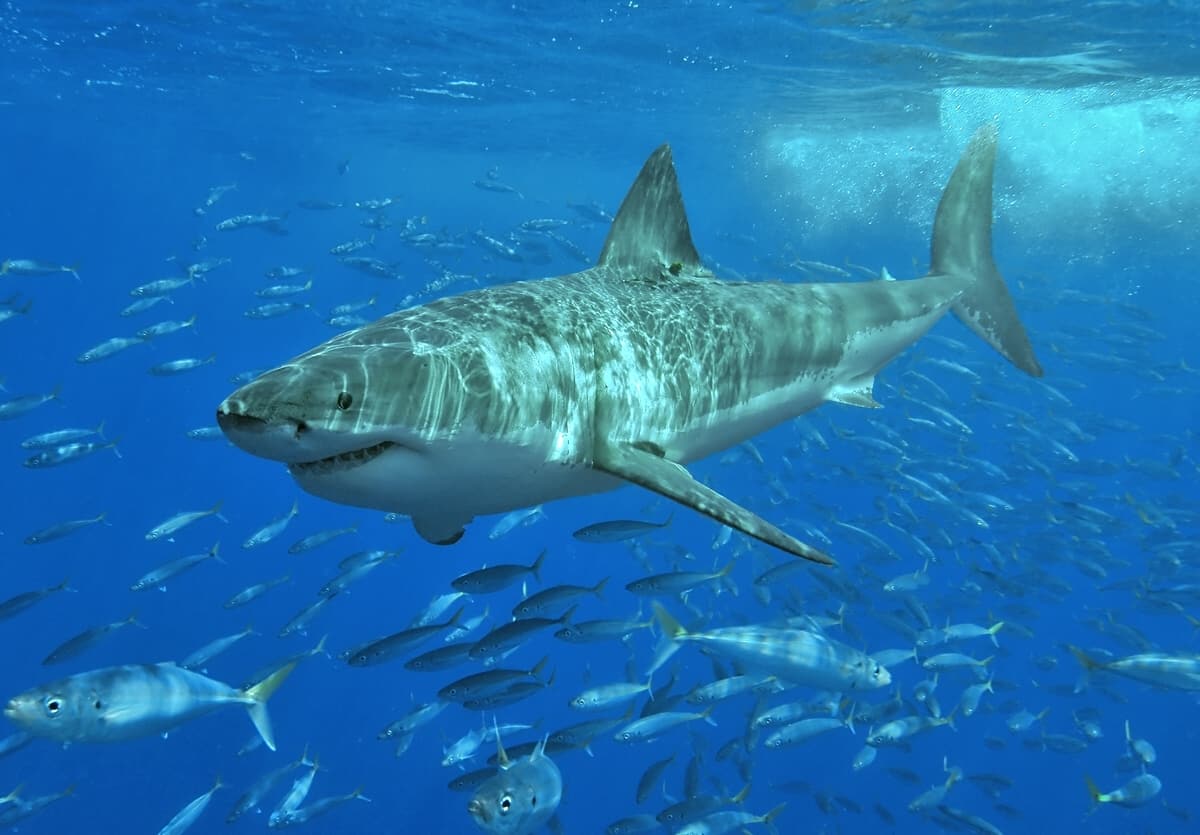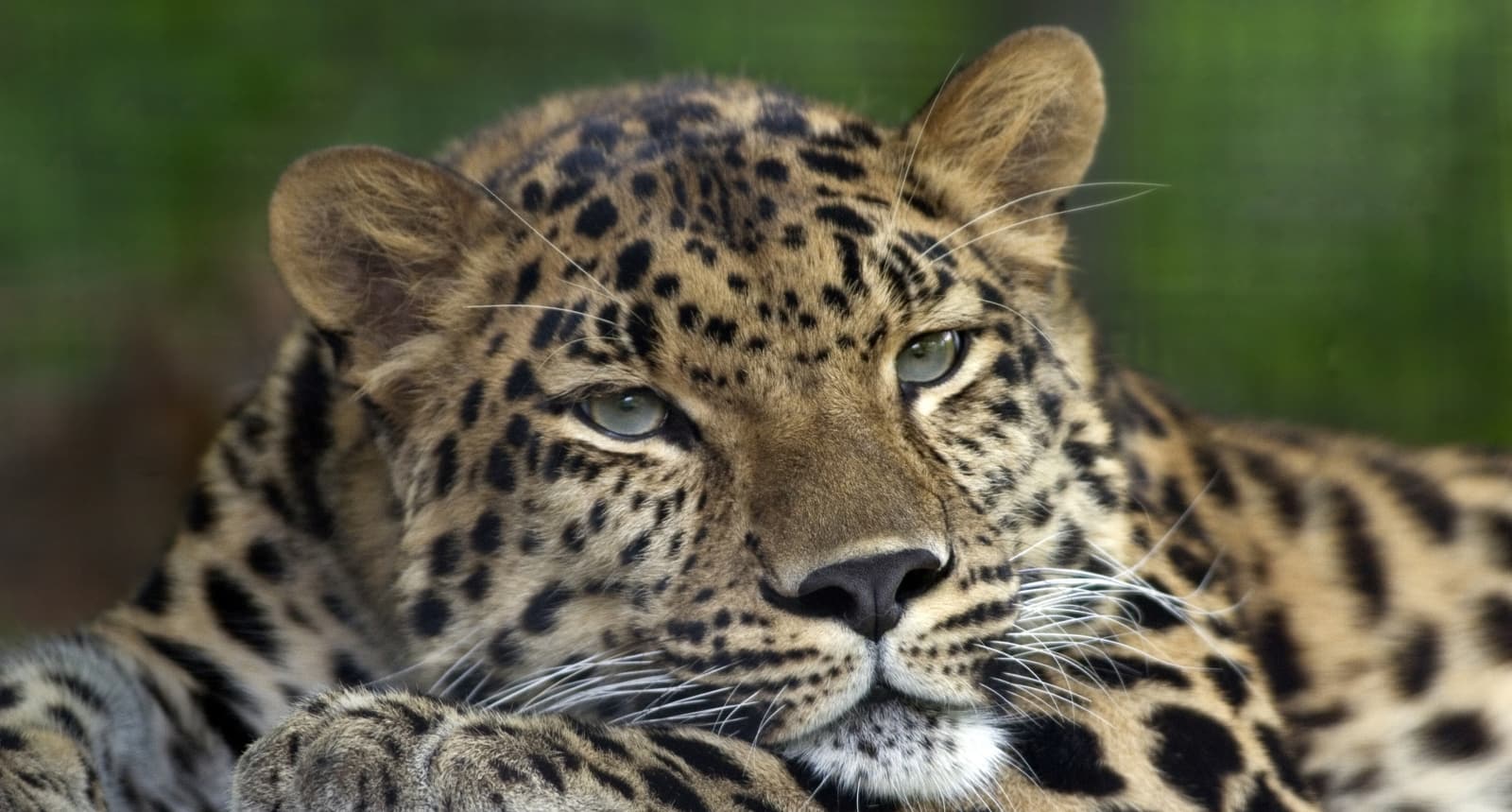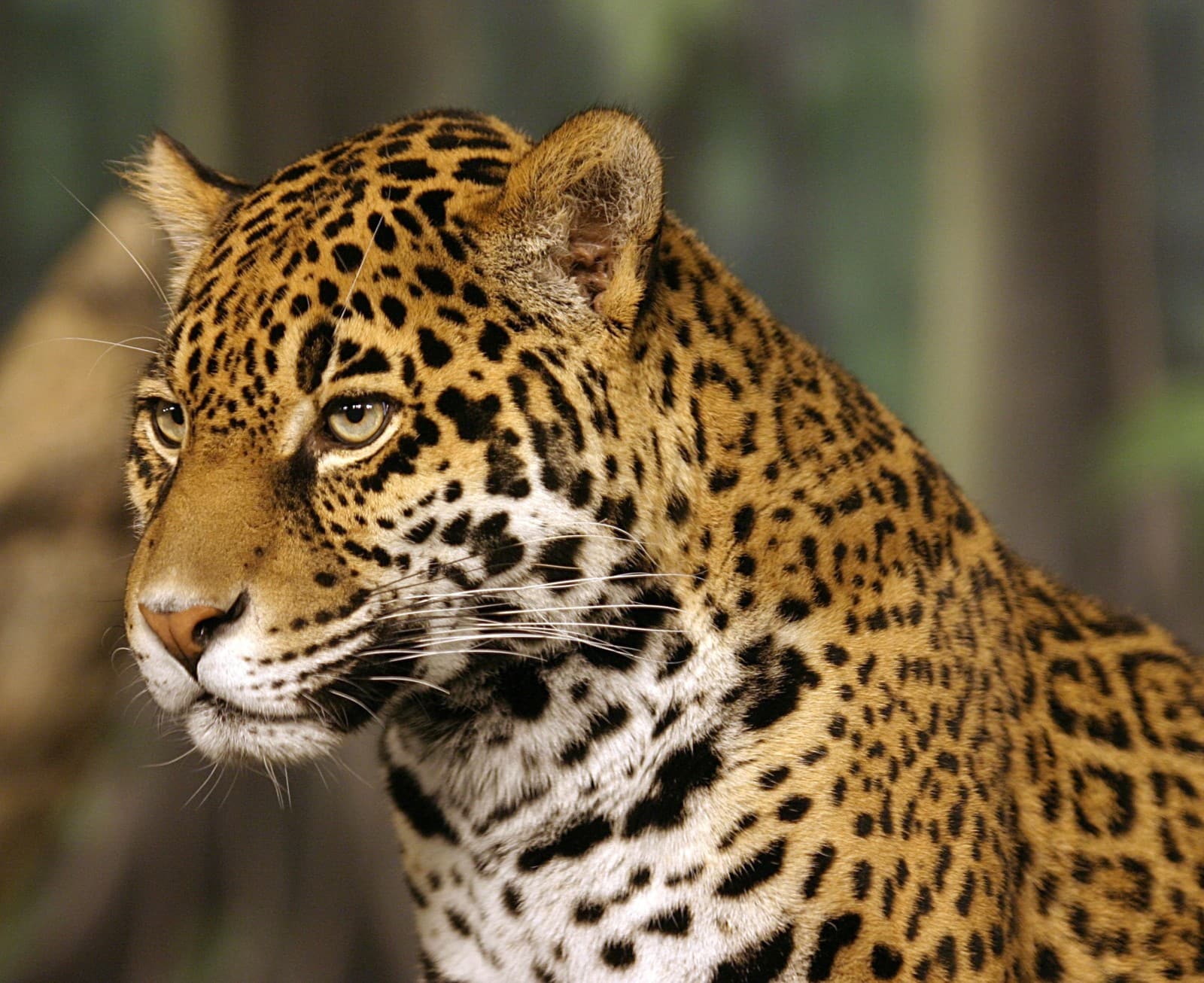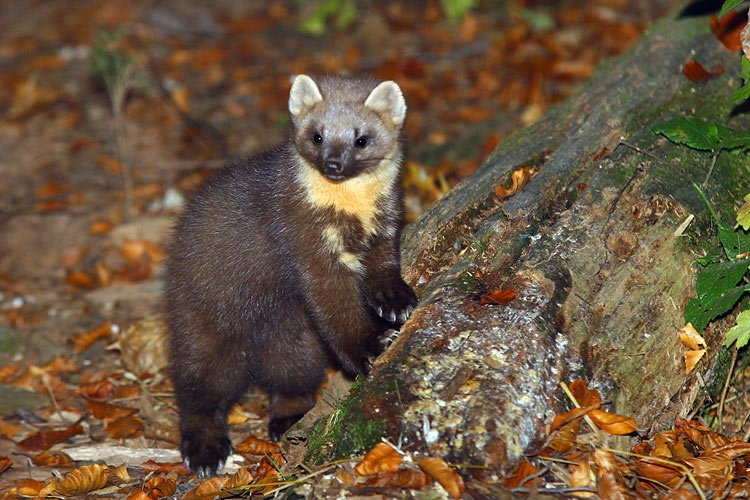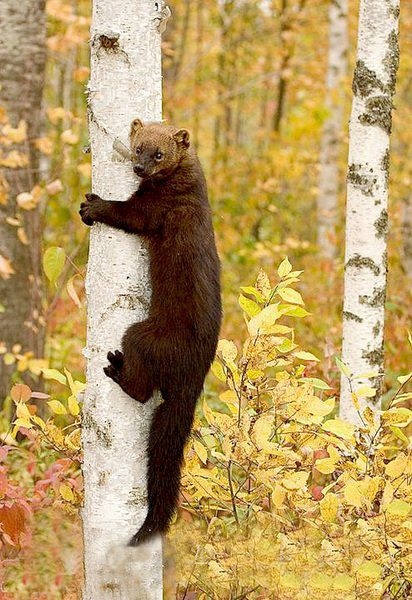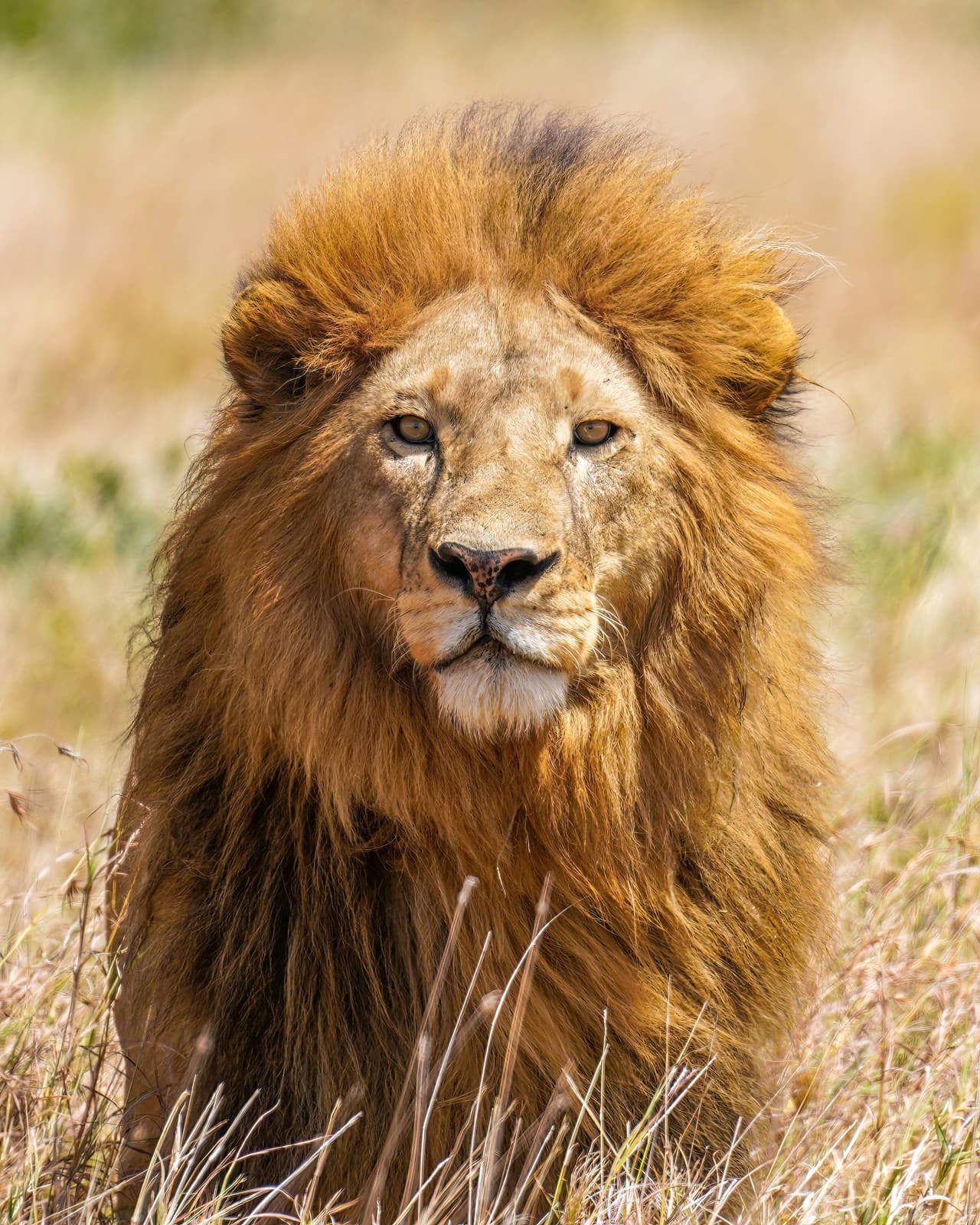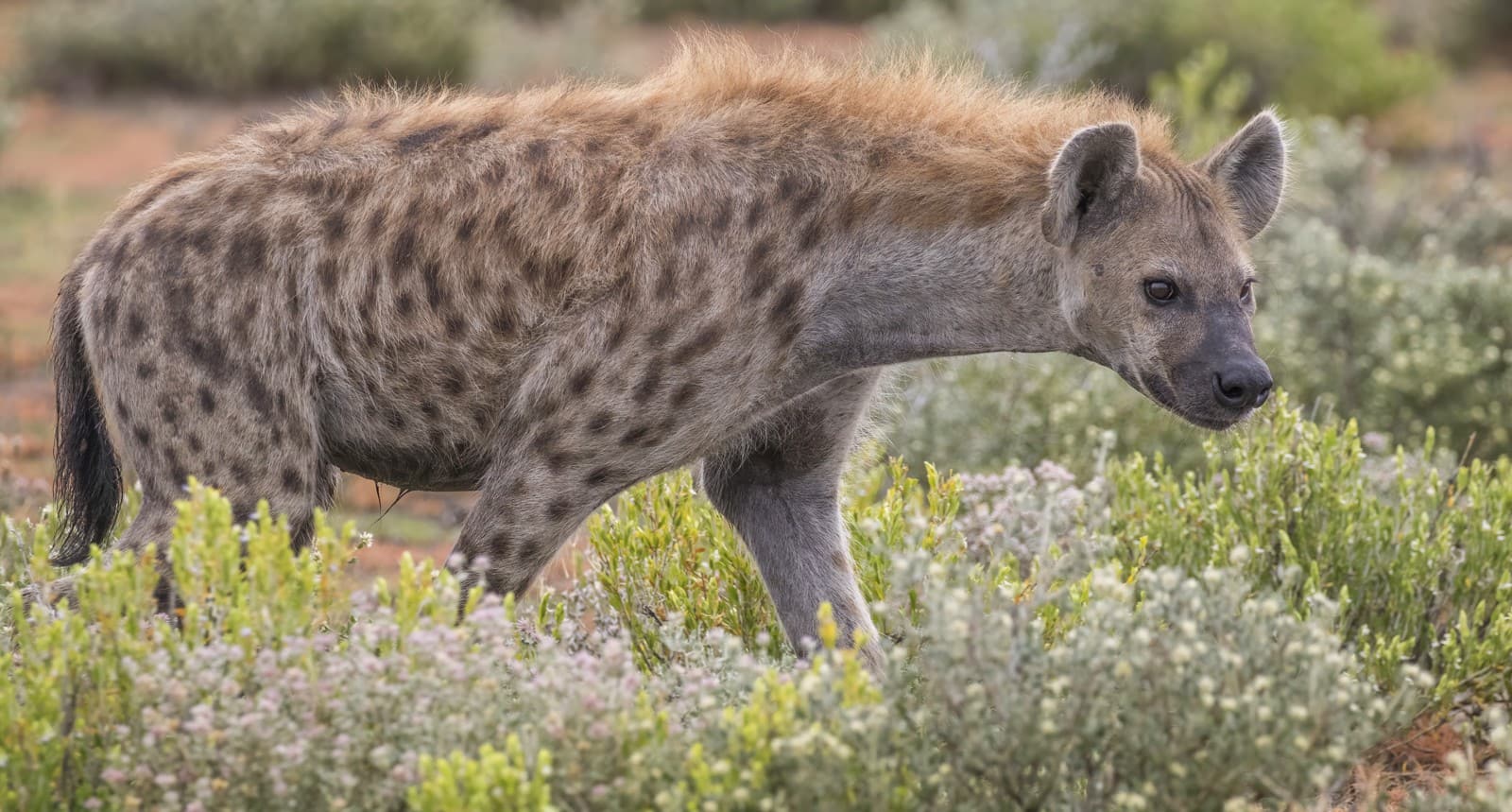Babirusa vs Warthog: A Complete Comparison
When comparing the Babirusa vs Warthog, we encounter two of nature’s most distinctive wild pig species, each evolved for different environments and lifestyles. The Indonesian Babirusa, weighing up to 220 pounds (100 kg), sports unique curved tusks growing through its snout, while the African Warthog, reaching 330 pounds (150 kg), features prominent facial warts and more traditional tusk arrangements.
These remarkable suids diverged millions of years ago, developing distinct characteristics shaped by their respective habitats. While both belong to the pig family, their physical attributes, behaviors, and survival strategies tell fascinating stories of parallel evolution on different continents.
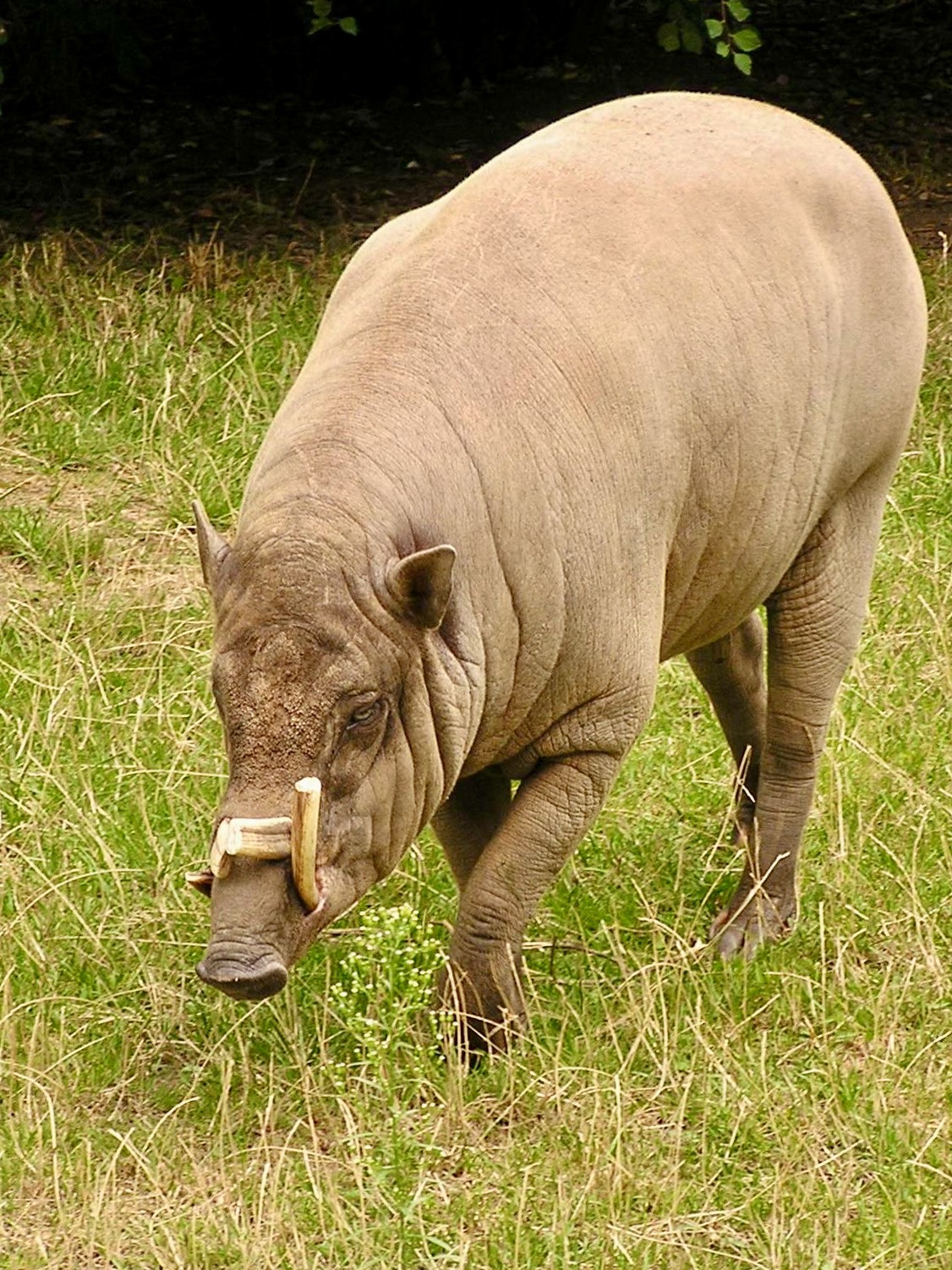
© NasserHalaweh / CC BY-SA 4.0
The Babirusa, often called the “pig-deer,” showcases its most distinctive feature: curved tusks that grow up through the snout and curve backward. This unique dental arrangement sets it apart from all other wild pig species.
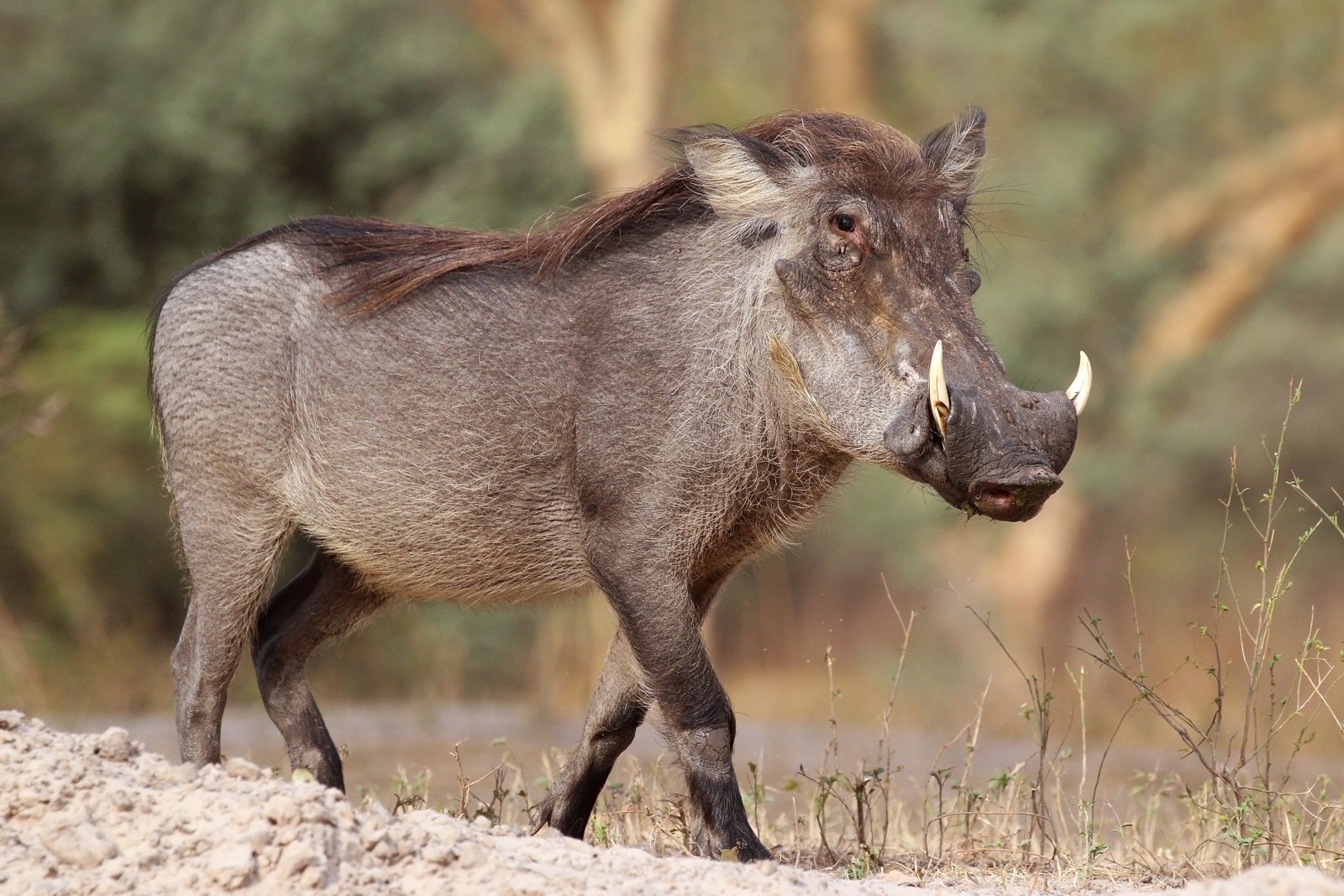
© Charles J. Sharp / CC BY-SA 4.0
The Common Warthog exhibits its characteristic facial warts and forward-pointing tusks, adaptations that serve both defensive and foraging purposes in its African savanna habitat.
Key Differences: Babirusa vs Warthog
| Feature | Babirusa | Warthog |
|---|---|---|
| Size | 65-220 lbs (29-100 kg) | 120-330 lbs (54-150 kg) |
| Habitat | Tropical forests | Savanna grasslands |
| Tusks | Upper tusks grow through snout | Traditional forward-curved tusks |
| Skin | Nearly hairless, grayish-pink | Bristly, dark gray with sparse hair |
| Diet | Omnivorous, fruit-focused | Primarily grazing herbivore |
| Distribution | Indonesian islands | Sub-Saharan Africa |
Habitat and Distribution
The Babirusa inhabits the humid tropical forests of Indonesian islands, particularly Sulawesi and surrounding islands. These forest-dwelling pigs thrive in dense vegetation, where they forage for fruits, leaves, and insects. Their relatively sparse hair suits the humid climate perfectly.
Warthogs, conversely, dominate the African savannas, from Ethiopia to South Africa. Their tough, bristled skin and stout bodies are perfectly adapted for life in open grasslands, where they graze on grasses and dig for roots and tubers.
Physical Characteristics and Adaptations
Tusks and Facial Features
The Babirusa’s most striking feature is its extraordinary tusks, particularly in males. The upper canines grow up through the top of the snout and curve backward toward the forehead. These unique tusks can reach lengths of 12 inches (30 cm) but are relatively fragile compared to warthog tusks.
Warthogs possess more conventional tusks that curve outward and upward from their mouths. Their distinctive facial warts, actually protective pads, help shield their faces during fighting and foraging. Males typically have larger warts than females.
Body Structure and Movement
Babirusas have longer legs and more delicate builds than typical pigs, earning them their “pig-deer” nickname. They move with surprising agility through forest undergrowth and can even swim between islands.
Warthogs are built like tanks, with robust bodies and short, powerful legs. They often move on their front knees while grazing and can run at speeds up to 30 mph (48 km/h). Their characteristic tail-up running posture serves as a follow-me signal to other group members.
Behavior and Social Structure
Daily Activities
Babirusas are primarily active during daylight hours, spending time foraging for fruits, leaves, and small animals. They’re excellent swimmers and more solitary than warthogs, typically gathering only in small groups.
Warthogs are diurnal and highly social, living in small family groups called sounders. They’re famous for their unique behavior of entering their burrows backward, allowing them to defend against predators with their tusks facing outward.
Defense Mechanisms
While both species use their tusks for defense, their strategies differ significantly. Babirusas rely more on flight than fight, using their agility to escape predators. Their curved tusks, while impressive, serve more for male-to-male combat than predator defense.
Warthogs are more confrontational, using their sharp tusks and powerful charge to defend against predators like lions and leopards. They often seek refuge in abandoned aardvark burrows, which they can defend effectively.
Conservation Status and Threats
The Babirusa faces significant conservation challenges, listed as vulnerable on the IUCN Red List. Habitat loss and hunting have reduced their numbers to approximately 10,000 individuals in the wild.
Warthogs maintain stable populations across much of their range, though they face localized pressures from hunting and habitat modification. Their adaptability to human-modified landscapes has helped them persist where other species struggle.
Who Would Win in a Fight?
While such encounters would never occur naturally, comparing defensive capabilities shows each species’ unique strengths. The larger Warthog, with its more robust build and forward-pointing tusks, would likely have an advantage in direct confrontation. However, such theoretical matchups overlook the specialized adaptations each species has developed for its own ecological niche.
These fascinating wild pigs demonstrate how evolution can produce remarkably different solutions to survival challenges. While the Babirusa vs Warthog comparison reveals many differences, both species stand as testament to the incredible diversity of the Suidae family.
